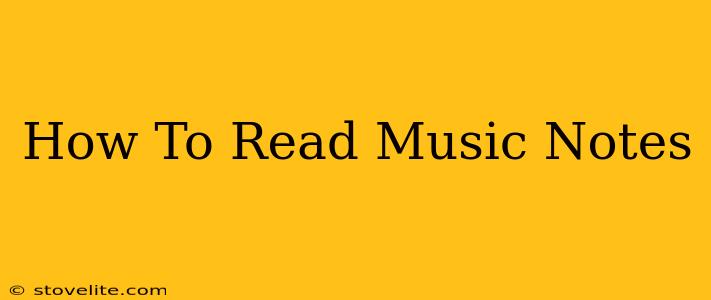Learning to read music notes might seem daunting at first, but with practice and the right approach, it becomes easier than you think! This guide breaks down the fundamentals, helping you decipher the language of music. Whether you're picking up an instrument or simply curious about music theory, this is your starting point.
Understanding the Staff and Clef
The first step in reading music is understanding the staff. This is the set of five horizontal lines and the spaces between them where musical notes are written. On its own, the staff doesn't tell you the pitch of the notes. That's where the clef comes in. The clef is a symbol placed at the beginning of the staff that indicates the pitch of the lines and spaces.
The Treble Clef (G Clef)
The most common clef is the treble clef, also known as the G clef. It looks like a stylized "G," and its curl wraps around the second line of the staff. This line is always the note G. Knowing this, you can easily determine the other notes:
- Lines (from bottom to top): E, G, B, D, F (Remember the mnemonic "Every Good Boy Does Fine")
- Spaces (from bottom to top): F, A, C, E (Remember the mnemonic "Face")
The Bass Clef (F Clef)
The bass clef, also known as the F clef, is used for lower notes. It resembles a backwards "C" with two dots. The dots sit on the lines that represent the F note.
- Lines (from bottom to top): G, B, D, F, A (Remember the mnemonic "Good Boys Do Fine Always")
- Spaces (from bottom to top): A, C, E, G (Remember the mnemonic "All Cows Eat Grass")
Note Values and Duration
Notes aren't just about pitch; they also represent duration – how long a note should be played or sung. Common note values include:
- Whole note: A hollow circle (♩) representing four beats.
- Half note: A hollow circle with a stem (♪) representing two beats.
- Quarter note: A filled circle with a stem (♩) representing one beat.
- Eighth note: A filled circle with a stem and a flag (♬) representing half a beat.
- Sixteenth note: A filled circle with a stem and two flags (♪♪) representing a quarter of a beat.
The duration of a note can change based on the time signature of the piece. The time signature is a fraction (like 4/4 or 3/4) found at the beginning of a piece of music. The top number indicates how many beats are in a measure, and the bottom number indicates which note value gets one beat.
Putting it all Together: Reading Simple Melodies
Now that you understand the staff, clefs, and note values, you can start reading simple melodies! Start with pieces that only use notes on the lines or spaces of the staff, focusing on recognizing the notes and their duration. Gradually introduce more complex rhythms and note values.
Practice Makes Perfect
Reading music is a skill that develops with consistent practice. Try:
- Sight-reading exercises: Many websites and books offer sight-reading exercises for beginners.
- Playing along with sheet music: Choose simple songs you enjoy and try playing them along with the sheet music.
- Using music theory apps: Several apps can help you learn music theory and practice reading notes.
Mastering music notation takes time and dedication, but the rewards are immense. Enjoy the journey of discovering the beautiful language of music! Remember to be patient with yourself and celebrate your progress along the way. Happy reading!

